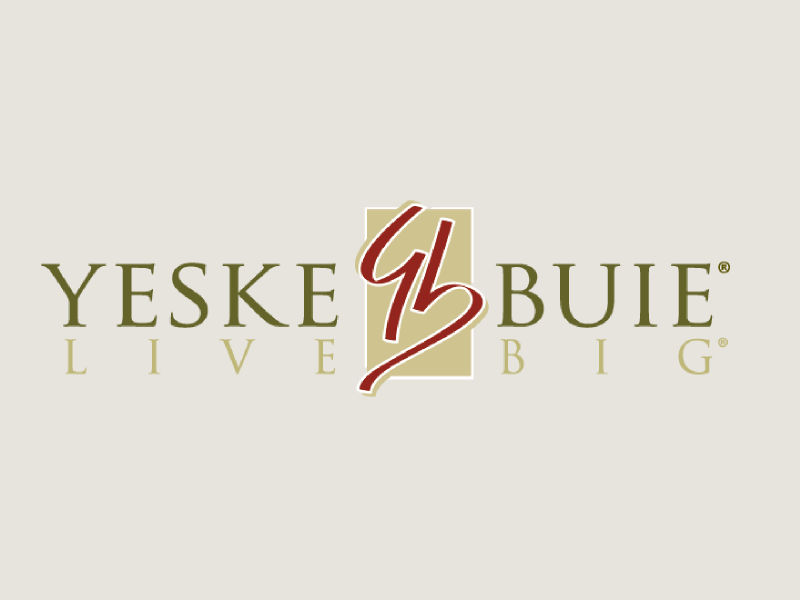California Home Buyers Stretch to Afford Homes

By Jim Christie
SAN FRANCISCO, Aug 18 (Reuters) – Home-ownership in California has increased to a level not seen since 1960 but it is coming at a high cost and risk for home buyers, according to a study released on Thursday.
To keep up with soaring home prices, Californians are setting aside a dangerously large share of income for house payments and taking on risky mortgages, according to the Public Policy Institute of California.
It found 52 percent of Californians who bought a home in the last two years spend more than 30 percent of their total income on housing and 20 percent of recent home buyers spend more than half of their income on housing.
“That gets to be problematic,” said David Yeske, a certified financial planner in San Francisco and past president of the Financial Planning Association. “When your mortgage represents that percentage of your income, you’ve got no room for error if some other expense comes along.”
California home buyers are assuming such risk because lenders have relaxed lending standards. That has helped lift the state’s homeownership rate, or the percentage of households owning their own homes, to 59 percent, compared with a previous peak of 58 percent in 1960, according to census and other data compiled by the Public Policy Institute of California.
“Higher debt-to-income ratios are possible because more and more lenders are foregoing the fiscal practice of limiting housing costs to no more than 30 percent of income,” according to the center’s study. “Instead, they are qualifying buyers for loans that consume 40, and even 50, percent of their income.”
HIGH PRICES, RISKY LOANS
Lenders have little choice. The percentage of households able to afford a median-priced home in California is shrinking and closing on a record low 14 percent set in the summer of 1989, according to the California Association of Realtors.
The minimum household income needed to buy a median-priced home at $542,720 in California in June was $125,870, based on an average mortgage interest rate of 5.71 percent and assuming a 20 percent down payment, according to the realtors group.
A year earlier, the minimum income needed to buy a median-priced home in the state was $111,420, when the median price of a home stood at $468,050 and the prevailing interest rate stood at 6.01 percent.
“People are stretching, doing whatever they can do” to buy homes in California, said Beth Haiken, a spokeswoman with mortgage insurer The PMI Group.
That includes taking on interest-only mortgage loans, which carry long-term risk should their low interest rate components expire during a period of high interest rates.
“We’re concerned for borrowers because they may not fully understand what may happen,” Haiken said. “In three or five years, we may be in a different credit cycle and they may not be able to refinance as easily as they expected.”
Last year, 46 percent of loans used to buy homes in California had interest-only components, up from 23 percent in 2003, according to LoanPerformance, a mortgage research unit of First American Corp.
“In the San Francisco metropolitan statistical area, that percentage was 59 percent. San Diego was 62 percent,” said LoanPerformance spokesman Bob Visini. “It’s really being driven by affordability.”
